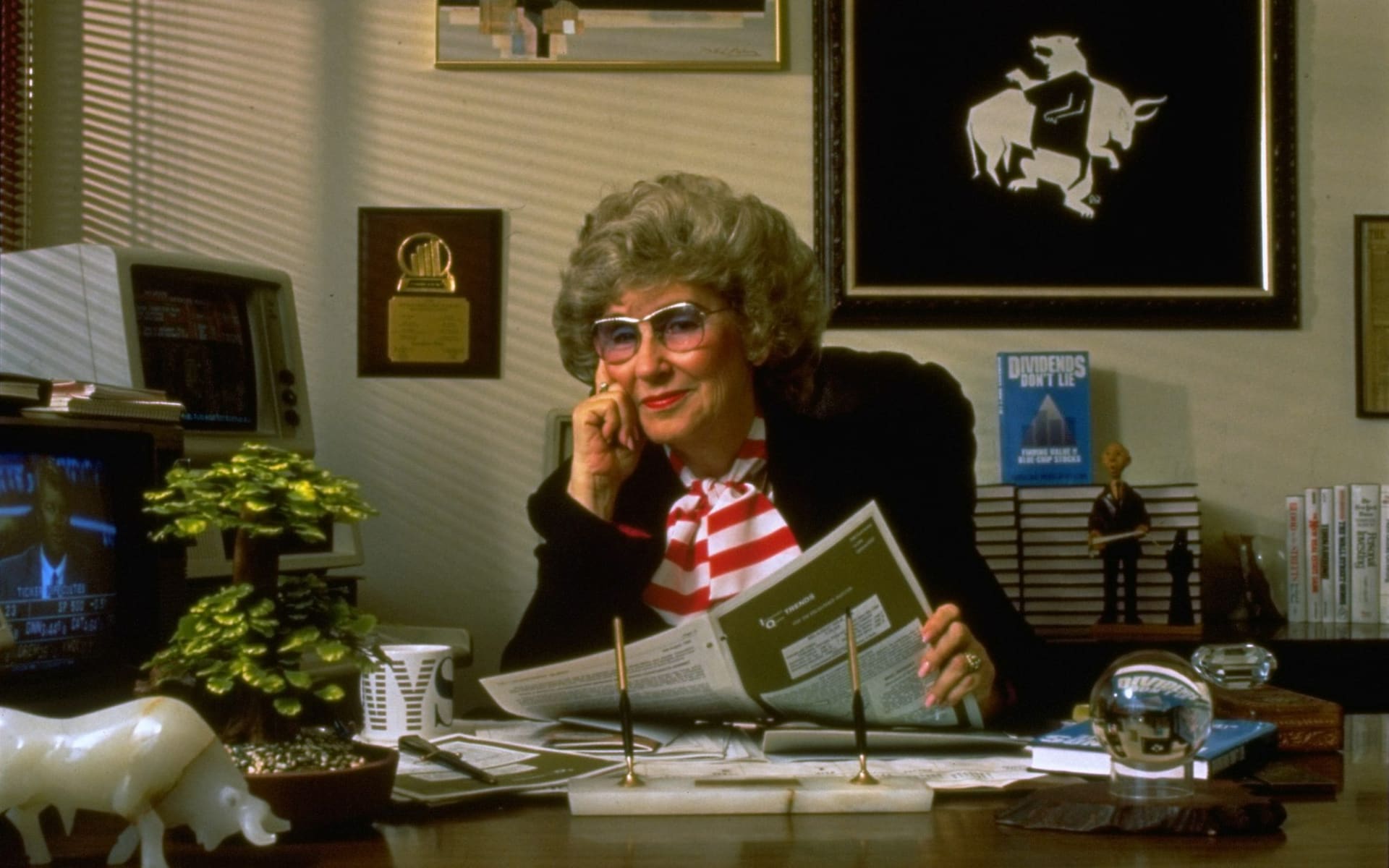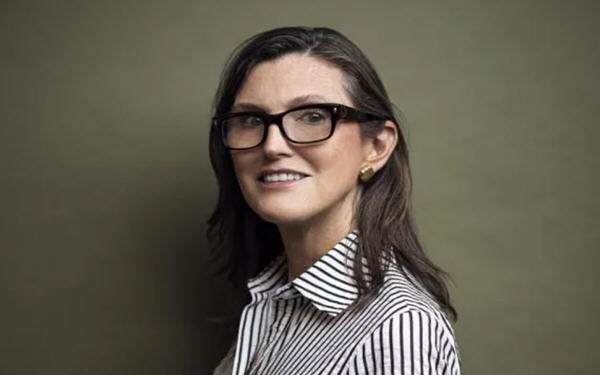
Eden
Oct 25, 2021 14:07

What is the Federal Reserve?
The Federal Reserve (also called The Fed) is the central Bank of the United States. Founded by Congress in 1913, it uses several different levers to promote a healthy and stable national economy.
Technically, the Federal Reserve is a "system" comprised of three features:
1. The Federal Reserve Board of Governors provides general guidance to the Federal Reserve System and oversees the 12 Federal Reserve Banks.
2. 12 Federal Reserve Banks, each responsible for overseeing a specific geographical region within the United States.
3. The Federal Open Market Committee (FOMC), which oversees the nation's open market operations and makes important decisions about interest rates and money supply.
Members of the Federal Reserve Board are appointed by the president, confirmed by the Senate, and held accountable by Congress. The current Chairman of the Board is Jerome Powell, who was sworn into office in February 2018. His most recent predecessor was Janet Yellen.
Though Fed members are appointed by the president and confirmed by the Senate, the Fed is considered an independent government agency. Though it has to achieve the nation's official monetary policy, the specific actions it takes to reach these goals do not need to be approved by either the president or Congress.
What does the Federal Reserve do?
1. Setting monetary policy
The Fed promotes a healthy U.S. economy through its monetary policy. The FOMC holds eight meetings per year to review economic trends and vote on new monetary policy measures.
Officially, there are two monetary policy goals that the Fed is striving to achieve:
High employment
Low inflation
The primary way the Fed achieves these monetary policy goals is by setting a federal funds target rate. To fight inflation, the Fed can aim to raise the federal funds' target rate. Alternatively, to fight off a recession, the Fed can aim to lower it.
Maximum employment doesn't necessarily mean that everyone is working. Economists have a "natural rate" of unemployment that is ultimately the goal. If the unemployment rate is pushed too low -- below 5% or so -- inflation rises because more money is in the economy, which goes against the long-term Fed goal of stable prices.
A hawk in Fed is someone who advocates keeping inflation low as the top priority in monetary policy. In contrast, a dove is someone who emphasizes other issues, especially low unemployment, over low inflation.

Photo: Invespodia
Fed Tasks: Monetary Policy
Monetary policy refers to the Fed's actions to influence financial conditions to achieve its goals.
The Fed's primary control is in the raising and lowering of short-term interest rates. In doing this, the Fed can indirectly influence demand, which then affects the economy.
The Fed watches economic indicators closely to determine in which direction the economy is going. By forecasting increases in inflation or slow-downs in the economy, the Fed knows whether to increase or decrease the money supply.
Fed Tasks: Financial Institution Regulator
As a regulator for financial institutions, the Fed establishes the rules of conduct that these institutions must follow. The regional Reserve Banks then carry out the supervision and enforcement of these regulations. These regional banks monitor the activities of banks within their regions and ensure that they are operating appropriately.
Fed Tasks: A Bank's Bank
Just as banks serve their customers, the Fed acts as a bank for banks. The Fed keeps the pipeline of transactions flowing. It processes and clears one-third of all the checks processed in the country -- that's about 20 billion checks per year. The regional Reserve Banks provide these services to the banks within their regions. The transactions are done on a fee basis, which is part of how the Federal Reserve supports itself. Banks are not required to use the Reserve Banks; they can choose to use a private competitor. This helps to ensure that the processing fees being charged are kept under control.
Fed Tasks: The Government's Bank
The Fed maintains the checking account of the U.S. Treasury. As the largest bank customer in the country, the U.S. government does quite a bit of business and performs a lot of financial transactions, all of which are handled by the Fed. These transactions amount to trillions of dollars and include all of the tax deposits and withdrawals for U.S. citizens. It also includes securities such as savings bonds, Treasury bills, notes, and bonds that are bought by and for the U.S. government.
Why is the Federal Reserve so important?
The press scrutinizes the Federal Reserve for clues on how the economy performs and what the FOMC and Board of Governors plan to do about it. The Fed directly affects your stock and bond mutual funds and your loan rates. By having such an influence on the economy, the Fed also indirectly affects your home's value and even your chances of being laid off or rehired.
How Interest Rates Affect Spending
With every loan, there is some probability that the borrower will not repay the money. To compensate lenders for that risk, there must be a reward: interest. Interest is the amount of money that lenders earn when they make a loan that the borrower repays, and the interest rate is the percentage of the loan amount that the lender charges to lend money.
The existence of interest allows borrowers to spend money immediately instead of waiting to save the money to make a purchase. The lower the interest rate, the more willing people are to borrow money to make big purchases, such as houses or cars. When consumers pay less in interest, this gives them more money to spend, creating a ripple effect of increased spending throughout the economy. Businesses and farmers also benefit from lower interest rates, as it encourages them to make large equipment purchases due to the low cost of borrowing. This creates a situation where output and productivity increase.
Conversely, higher interest rates mean that consumers don't have as much disposable income and must cut back on spending. When higher interest rates are coupled with increased lending standards, banks make fewer loans. This affects not only consumers but also businesses and farmers, who cut back on spending for new equipment, thus slowing productivity or reducing the number of employees. The tighter lending standards also mean that consumers will cut back on spending, and this will affect many businesses' bottom lines.
Changes in interest rates can have both positive and negative effects on the markets. When the Fed changes the rate at which banks borrow money, this has a ripple effect across the entire economy.
Rising or falling interest rates also affect consumer and business psychology. When interest rates are rising, both businesses and consumers will cut back on spending. This will cause earnings to fall and stock prices to drop. On the other hand, when interest rates have fallen significantly, consumers and businesses will increase spending, causing stock prices to rise.
Interest rates also affect bond prices. There is an inverse relationship between bond prices and interest rates, meaning that as interest rates rise, bond prices fall, and as interest rates fall, bond prices rise. The longer the maturity of the bond, the more it will fluctuate in relation to interest rates.

Oct 25, 2021 14:06

Oct 25, 2021 14:07